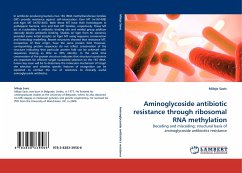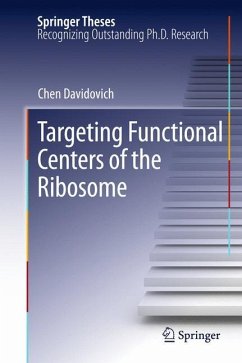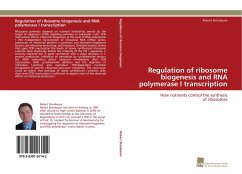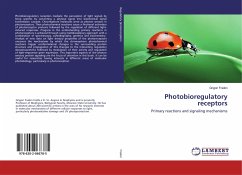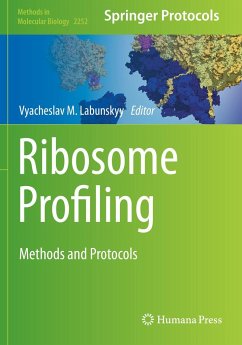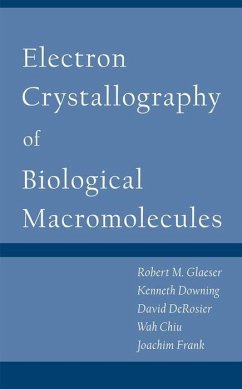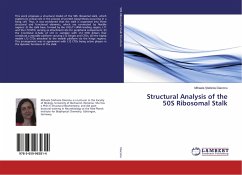
Structural Analysis of the 50S Ribosomal Stalk
Versandkostenfrei!
Versandfertig in 6-10 Tagen
33,99 €
inkl. MwSt.

PAYBACK Punkte
17 °P sammeln!
This work proposes a structural model of the 50S ribosomal stalk, which explains its critical role in the process of protein biosynthesis occurring in a living cell. Thus, it was envisioned that the stalk is organized into three structural and functional elements, which are connected by flexible regions: (i) the stalk base, formed by the L10/L11 rRNA binding region, L11 and the L10 NTD, serving as attachment site for peripheral components; (ii) the C-terminal -helix of L10 in complex with L12 NTD dimers that constitute a movable platform carrying L12 hinges and CTDs; (iii) the highly mobile L1...
This work proposes a structural model of the 50S ribosomal stalk, which explains its critical role in the process of protein biosynthesis occurring in a living cell. Thus, it was envisioned that the stalk is organized into three structural and functional elements, which are connected by flexible regions: (i) the stalk base, formed by the L10/L11 rRNA binding region, L11 and the L10 NTD, serving as attachment site for peripheral components; (ii) the C-terminal -helix of L10 in complex with L12 NTD dimers that constitute a movable platform carrying L12 hinges and CTDs; (iii) the highly mobile L12 CTDs attached to the mobile platform via the hinge regions. This arrangement was in agreement with L12 CTDs being active players in the dynamic functions of the stalk.



